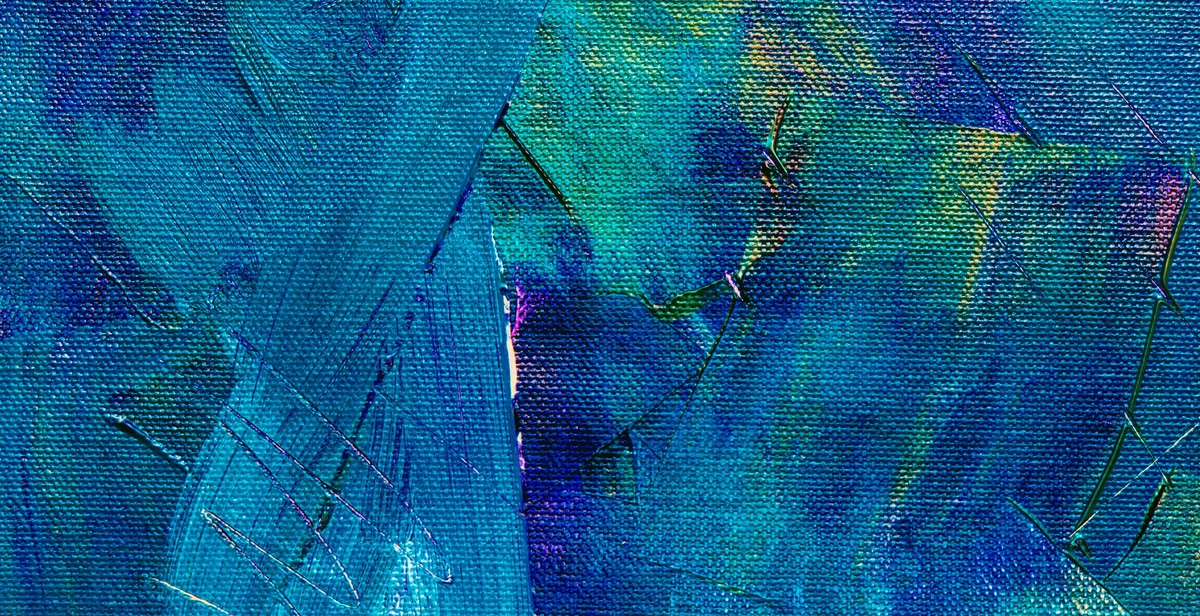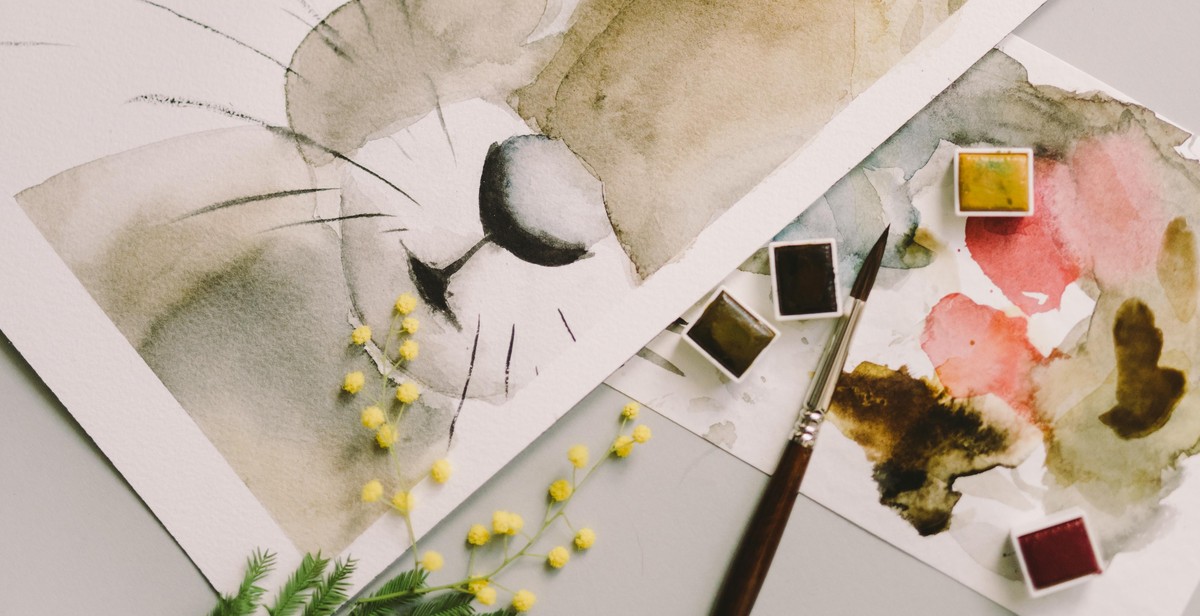How to Paint a Watercolor Landscape of a Lake: Step-by-Step Tutorial for Beginners
Watercolor painting is a popular and versatile art form that can be used to create beautiful landscapes. In this step-by-step tutorial, we will guide you through the process of painting a watercolor landscape of a lake. This tutorial is designed for beginners, so no prior experience is necessary.
Materials Needed:
- Watercolor paints
- Watercolor paper
- Watercolor brushes
- Water
- Palette
- Pencil
- Eraser
Step-by-Step Tutorial:
- Sketch the rough outline of the landscape with a pencil on the watercolor paper.
- Begin painting the sky with light blue paint and gradually add darker shades as you move towards the horizon.
- Paint the distant trees and mountains using light green and blue paint.
- Add the reflections of the trees and mountains in the lake using the same colors.
- Paint the lake using blue and green paint, leaving white spaces for the waves.
- Add details to the trees and mountains using darker shades of green and blue.
- Paint the foreground using brown and green paint, adding details like rocks and bushes.
- Finally, add any finishing touches and let the painting dry.
With these simple steps, you can paint a beautiful watercolor landscape of a lake. So grab your materials and get started on your next masterpiece!
Materials Needed
Before starting to paint a watercolor landscape of a lake, you will need to gather the following materials:
Watercolor Paints and Brushes
Watercolor paints are made of pigments mixed with a water-soluble binder and come in tubes or pans. For a watercolor landscape of a lake, you will need a set of watercolor paints that include blue, green, brown, and black colors. You will also need brushes with different sizes and shapes to create different textures and details. A round brush is ideal for painting small details, while a flat brush is perfect for creating washes and broad strokes.
Watercolor Paper
Watercolor paper is specially designed to absorb water and hold the pigment in place. It comes in different weights and textures, such as hot-pressed, cold-pressed, and rough. For a watercolor landscape of a lake, you will need a cold-pressed paper with a weight of at least 140lb or higher.
Watercolor Palette
A watercolor palette is a container with wells or compartments to hold the watercolor paints. You can use a plastic or ceramic palette with different shapes and sizes depending on your preference. Make sure to clean the palette after each use to avoid mixing colors unintentionally.
Water
Water is essential for watercolor painting as it dilutes the paint and creates different shades and tones. You will need a container of clean water to wet the paper, clean the brushes, and mix the paints.
Pencil and Eraser
A pencil and eraser are useful for sketching the outline of the watercolor landscape of a lake before painting. You can use a soft graphite pencil to create light lines that won’t show through the paint. An eraser can be used to correct mistakes or lighten the sketch.
With these materials at hand, you are ready to start painting a watercolor landscape of a lake.

Step-by-Step Tutorial: How to Paint a Watercolor Landscape of a Lake
Watercolor painting can be a great way to express your creativity and capture the beauty of nature. In this step-by-step tutorial, we will guide you through the process of painting a watercolor landscape of a lake. Whether you are a beginner or an experienced artist, this tutorial will help you create a beautiful painting.
Step 1: Sketch the Outline of the Landscape
The first step in painting a watercolor landscape is to sketch the outline of the landscape. Use a pencil to lightly sketch the outline of the mountains, trees, and lake. This will help you to plan your painting and ensure that the composition is balanced.
Step 2: Paint the Sky and Clouds
The next step is to paint the sky and clouds. Wet the upper part of the paper with clean water. Then, mix your sky color and paint it onto the wet paper. Use a wet-on-wet technique to create soft, blended edges. Once the sky is dry, paint the clouds using a dry brush technique. Use a light touch and add highlights with a white gouache if necessary.
Step 3: Paint the Mountains and Trees
Once the sky is dry, it’s time to paint the mountains and trees. Use a dry brush technique to create texture and depth in the mountains. Use a darker color for the shadows and a lighter color for the highlights. Paint the trees using a mix of green and brown. Use a small brush to create the details in the trees, such as branches and leaves.
Step 4: Paint the Lake and Reflections
The next step is to paint the lake and reflections. Use a mix of blue and green for the water and a darker color for the reflections. Paint the reflections using a wet-on-wet technique. Use a small brush to create ripples in the water.
Step 5: Add Final Details
Once the painting is dry, add final details such as rocks, grass, and flowers. Use a small brush to create the details and add highlights with a white gouache if necessary. Sign your painting and let it dry completely.
With these simple steps, you can create a beautiful watercolor landscape of a lake. Remember that practice makes perfect, so keep painting and experimenting with different techniques. Happy painting!

Tips for Painting a Watercolor Landscape
Watercolor painting can be a challenging medium to work with, but with the right techniques, you can create beautiful and vibrant landscapes. Here are some tips to help you paint a stunning watercolor landscape of a lake:
Experiment with Colors
One of the great things about watercolor painting is the ability to mix and blend colors. When painting a landscape, it’s important to experiment with different color combinations to create the desired effect. For a lake landscape, you might use shades of blue, green, and brown to create a serene and natural scene. Don’t be afraid to mix colors together to find the perfect shade.
Use Layering Techniques
Layering is an essential technique in watercolor painting. By building up layers of color, you can create depth and texture in your painting. When painting a lake landscape, start with a light wash of color for the sky and the lake, and then gradually build up the layers to add more detail. Use a lighter touch when adding layers to create a sense of transparency and luminosity.
Don’t Overwork the Paint
Watercolor paint can be unpredictable, so it’s important not to overwork the paint. If you keep brushing over the same area, the paint will start to lift and become muddy. Instead, work quickly and confidently, and try to capture the essence of the landscape in a few brushstrokes. If you make a mistake, don’t worry – you can always lift the paint with a damp brush or sponge.
Allow Time for Drying
Watercolor paint takes time to dry, so it’s important to be patient when painting a landscape. If you try to add more layers of paint before the first layer is dry, the colors will start to bleed and blend together. To avoid this, wait for each layer to dry completely before adding the next layer. You can speed up the drying process by using a hairdryer or placing your painting in a warm, dry place.
By following these tips, you can create a beautiful watercolor landscape of a lake that captures the natural beauty and serenity of the scene.
Conclusion
Watercolor painting is a beautiful and versatile art form that allows you to create stunning landscapes, like a lake, with just a few simple techniques. By following the step-by-step tutorial outlined above, beginners can learn how to paint a watercolor landscape of a lake with ease.
Remember to start with a sketch and build your painting in layers, using light washes of color to create depth and texture. Experiment with different brushes and techniques to create unique effects and add detail to your painting.
It’s important to have patience and practice regularly to improve your skills and develop your own personal style. Don’t be afraid to make mistakes, as they can often lead to unexpected and beautiful results.
With a little bit of practice and dedication, you can create stunning watercolor landscapes that capture the beauty and tranquility of a lake. So, pick up your brushes and start painting today!
| Key Takeaways: |
|---|
| 1. Watercolor painting is a versatile art form that can be used to create stunning landscapes. |
| 2. Beginners can learn how to paint a watercolor landscape of a lake by following simple techniques and using light washes of color. |
| 3. Experimenting with different brushes and techniques can help you create unique effects and add detail to your painting. |
| 4. Regular practice and patience are key to improving your skills and developing your own personal style. |
